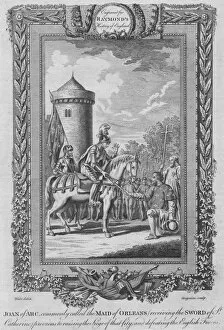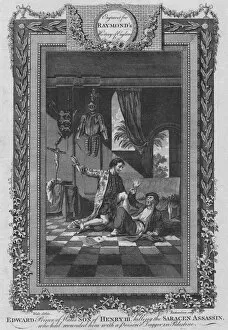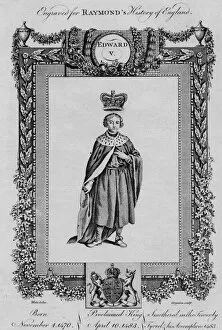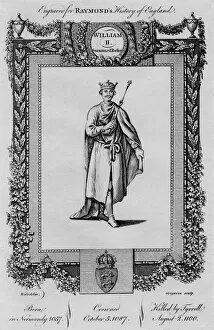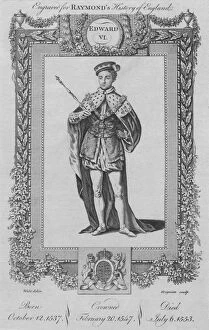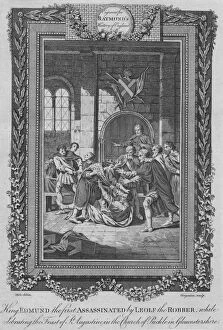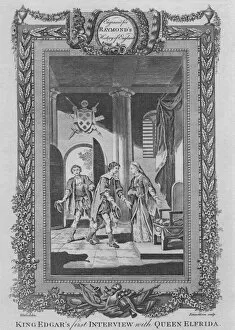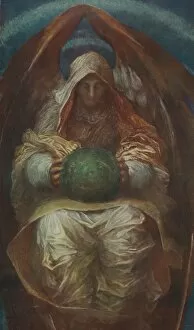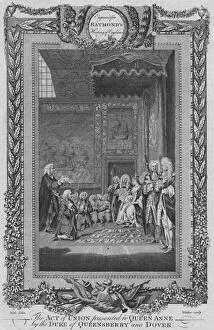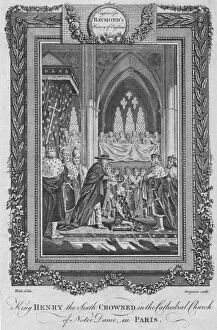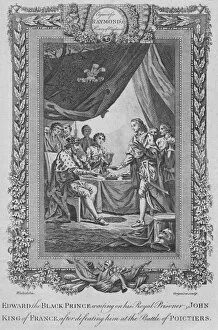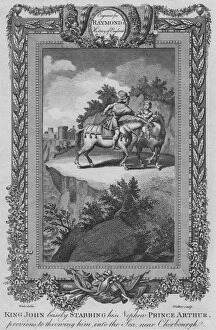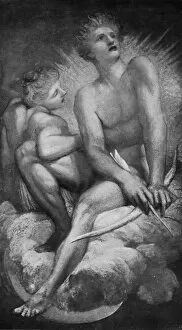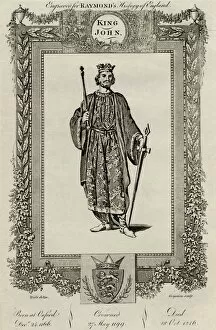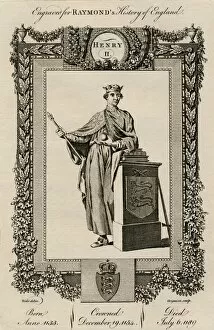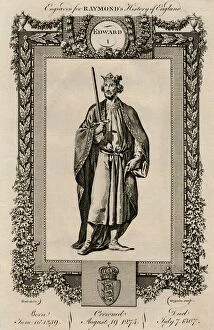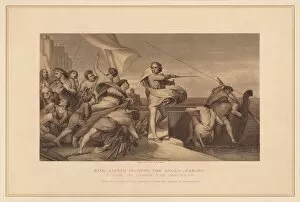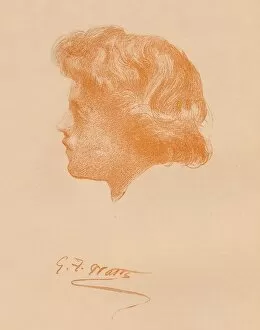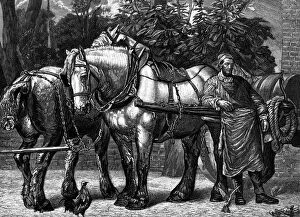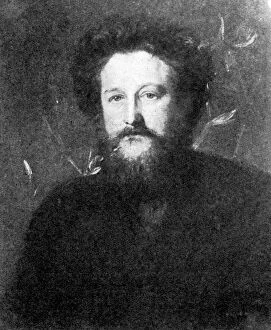George Frederick Collection (#3)
George Frederick Watts was a renowned artist and creator, born in 1817 and passing away in 1904
For sale as Licensed Images
Choose your image, Select your licence and Download the media
George Frederick Watts was a renowned artist and creator, born in 1817 and passing away in 1904. His artistic talent spanned various mediums, including painting and sculpture. One of his notable works is "Ellen Terry, " painted in 1864, which captures the beauty and grace of the famous actress. Another masterpiece by Watts is "The Dweller in the Innermost, " created around 1885 but not published until 1912. This thought-provoking piece delves into the depths of human emotions. Watts' creativity also extended to capturing historical figures like Richard I, depicted elegantly in a painting from c1787. He even ventured into maritime art with "The 221-ton gaff-rigged cutter Britannia sailing under spinnaker" from 1913, showcasing his versatility as an artist. One cannot overlook Watts' fascination with mythology; he portrayed Uldra, The Scandinavian Spirit of the Rainbow in the Waterfall" in a captivating manner during 1884 (published later). Additionally, he explored themes such as hope through his artwork titled "Hope" from 1886. Watts collaborated with other artists too; Frederick Hollyer captured Algernon Charles Swinburne's essence through photography around c1867. Hollyer also immortalized another one of Watts' creations called "The Happy Warrior" on film during1923. Furthermore, Moritz Klinkicht skillfully painted "The Late Lord Leighton, " paying tribute to this esteemed painter who served as President of the Royal Academy for nearly two decades (1878-1896).



